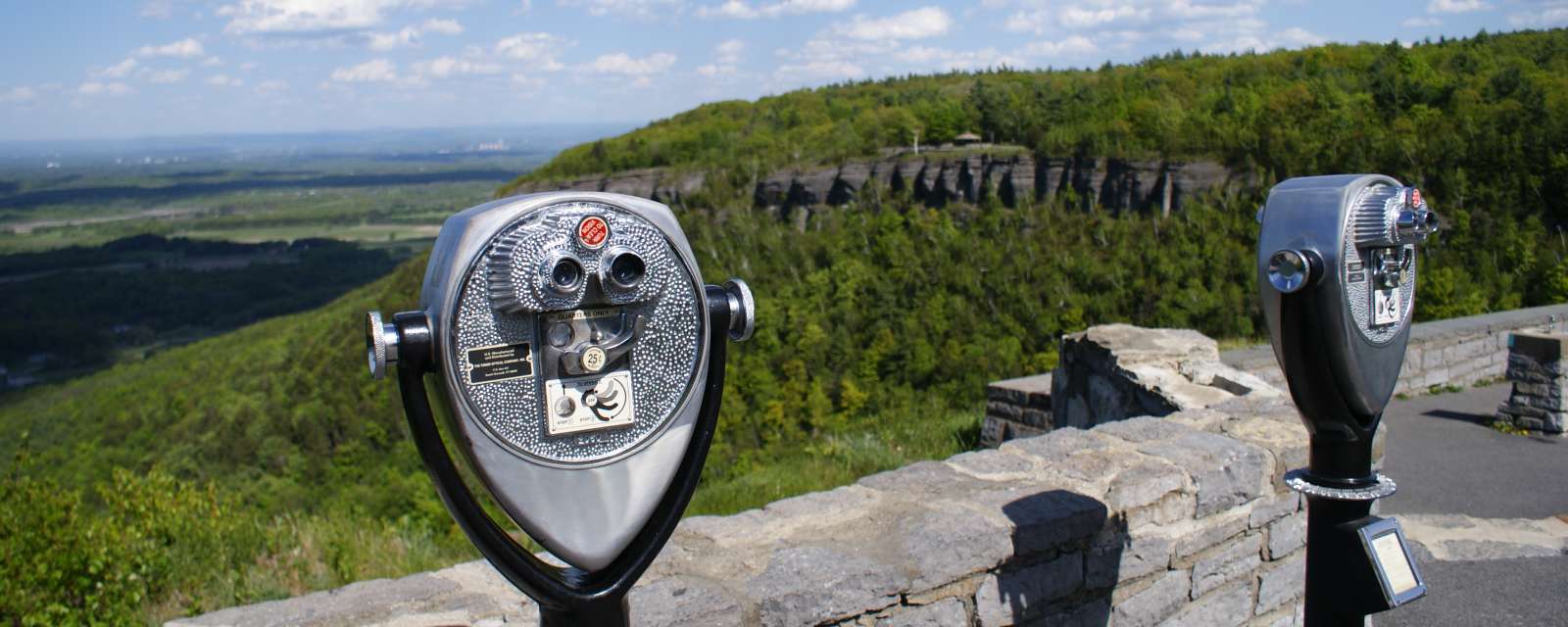This spring, after many years of study, the remains will finally be laid to rest, with the dignity and respect they deserve.
The individuals had most probably been buried in an unmarked burial ground over the course of 80-90 years. While temporary markers might have once been at the graves, history has wiped them out, and anything we know about these people we have had to glean from forensic research and historical studies of that period.
This research, which was done by the New York State Museum and Hartgen Archaeological Associates, will be presented at the Schuyler Flatts Burial Ground Project: Public Meeting and Artist Presentation, April 30, 1-3pm at the Huxley Theater at the New York State Museum.
At the meeting, bioarchaeologists will present their findings, and historians will talk about what the day-to-day living conditions were probably like for these individuals. The public will also have a chance to learn more about the funeral and internment services for the individuals, which are being planned for June 17 and 18 at the Schuyler Mansion and St. Agnes Cemetery.
The public meeting will include presentations from the artists, who will talk about the containers they constructed for the remains. Artisans were sought through a public RFP process, and once their designs for the caskets were approved, the artisans were matched with volunteers from the Northeast Woodworkers Association to help realize their vision. The lumber and materials for the burial containers have been donated by Curtis Lumber.
The effort to honor and rebury these individuals has been a dream of many, including Evelyn Kamili King, who chairs the Schuyler Flatts Burial Ground Project, and has insisted from the beginning that these individuals receive a proper burial.
"In 2010, I found out about the burial ground through articles in the Times Union and by attending a meeting at the Albany Public Library," says King. "For five years I pondered questions in my mind pertaining to the remains of my African ancestors. Such as, ‘Is this my mission in life to make sure these people will not be forgotten?' ‘Am I up for the fight to make sure my African ancestors be honored with the dignity and respect that they were not afforded when they were enslaved?' In 2015, she took on the role of Project Manager, and became driving force behind the effort to make sure these individuals be honored. "One of my goals is to make sure the history of these enslaved African people be told as best we can."
Cordell Reaves, another member of the Schuyler Flatts Burial Project, and Historic Interpretation and Preservation Analyst for the New York State Office of Parks, Recreation and Historic Preservation, says the project has given the public a unique look at Colonial life in New York.
"I think part of what has captured people's attention is that this is an untold story," Reaves says. "There's a tendency to think New York was a free state, but the truth is that when it came to slave owning, New York was second only to the colony of South Carolina. New York didn't become a free state until 1827." Reaves added that while we think of upstate as a safe haven for fugitive slaves, this was only possible because there had been an enslaved population here, who put down roots and helped others become free.
Reaves is currently working on an exhibit at Crailo State Historic Site, "A Dishonorable Trade: Human Trafficking in the Dutch Atlantic World," which examines the role that slavery played in the creation and maintenance of the Dutch Trading Empire and explores the harsh realities of the lives of the enslaved. "Slavery was part of life in New York, they were a large part of the population, and I think these individuals deserve to be remembered," Reaves says. "These people worked hard their entire lives, and the story of that work is in their skeletons."
On June 17, the bodies will lie in state at Schuyler Mansion, the manor house where they once labored. "We thought it was proper that they be honored in this way. This was something that never would have happened to an enslaved individual, to someone of African descent, and so we thought that it would be appropriate," says Reaves.
On June 18, the bodies will be buried in St. Agnes Cemetery, in plots donated by the Albany Diocese. The ceremony will take place the day before Juneteenth, a holiday that commemorates the announcement of the abolition of slavery throughout the confederate south.
"I want to make sure the Capital District will be known as a city that has an African Burial Ground and landmark, and to educate all people concerning the history of slavery in NYS and why this history would be a source to connect people from different ethnic groups to the plight of people who were born in slavery," says King. These types of conversations can help to remedy the problems of racism in the U.S."






